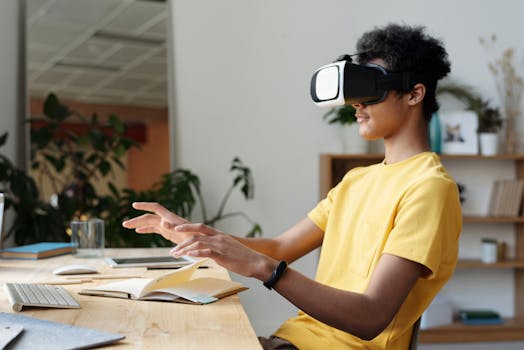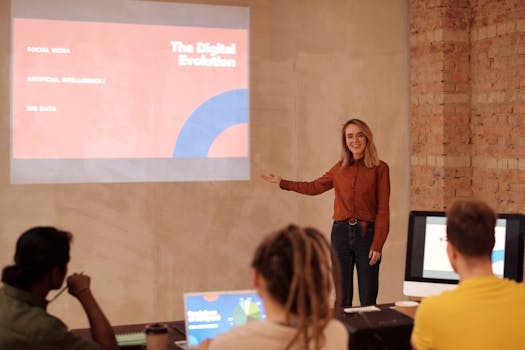
The Future of Education: What 2025 Holds
The future of education is rapidly changing, with technology and online learning transforming the way we learn and teach. As we look ahead to 2025, it’s clear that the education landscape will be shaped by a range of trends and innovations. In this article, we’ll explore the key developments that will impact the future of education, from artificial intelligence and virtual reality to personalized learning and global connectivity.
Section 1: Introduction to the Future of Education

The future of education is a topic of great interest and debate, with many experts and stakeholders weighing in on the trends and innovations that will shape the education landscape in the years to come. As we approach 2025, it’s clear that technology will play an increasingly important role in shaping the future of education. From online learning platforms and mobile apps to artificial intelligence and virtual reality, technology is transforming the way we learn and teach.
Section 2: Trends and Innovations in Education

So, what are the key trends and innovations that will shape the future of education in 2025? Some of the most significant developments include:
- Artificial Intelligence (AI): AI is set to play a major role in education, with applications ranging from personalized learning and adaptive assessment to intelligent tutoring systems and automated grading.
- Virtual and Augmented Reality (VR/AR): VR/AR technologies are already being used in a range of educational settings, from medical training and simulation to language learning and cultural immersion.
- Online and Mobile Learning: Online and mobile learning platforms are becoming increasingly popular, offering students greater flexibility and accessibility in their learning.
- Personalized Learning: Personalized learning approaches are being developed, using data and analytics to tailor learning experiences to individual students’ needs and abilities.
- Global Connectivity: The rise of global connectivity is enabling students to connect with peers and educators from around the world, fostering greater collaboration and cultural exchange.
Section 3: The Impact of Technology on Education

The impact of technology on education is likely to be significant, with both positive and negative consequences. On the one hand, technology has the potential to:
- Increase Access: Technology can increase access to education, particularly for marginalized or disadvantaged groups.
- Improve Efficiency: Technology can streamline administrative tasks and workflows, freeing up educators to focus on teaching and learning.
- Enhance Engagement: Technology can enhance student engagement and motivation, through the use of interactive and immersive learning experiences.
However, there are also potential drawbacks to consider, including:
- Equity and Access: Not all students have equal access to technology, which can exacerbate existing inequalities in education.
- Distraction and Addiction: Technology can be a distraction, and excessive screen time can have negative impacts on physical and mental health.
- Job Displacement: The increasing use of automation and AI in education may displace certain jobs, particularly in administrative and support roles.
Section 4: The Future of Education in 2025

So, what will the future of education look like in 2025? Based on current trends and innovations, it’s likely that:
- Online and Mobile Learning will become the norm: Online and mobile learning platforms will become increasingly prevalent, offering students greater flexibility and accessibility in their learning.
- AI and Automation will play a major role: AI and automation will be used to streamline administrative tasks, personalize learning experiences, and enhance student outcomes.
- Virtual and Augmented Reality will become mainstream: VR/AR technologies will become increasingly integrated into educational settings, offering immersive and interactive learning experiences.
- Global Connectivity will increase: The rise of global connectivity will enable students to connect with peers and educators from around the world, fostering greater collaboration and cultural exchange.





